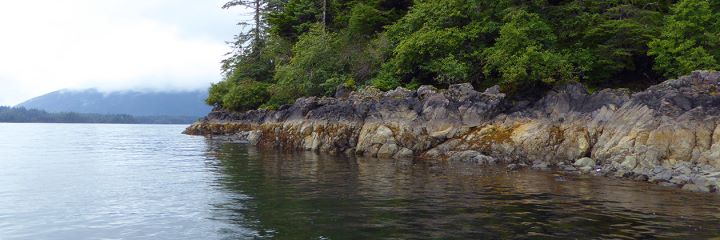Critical Water Management Areas

A Critical Water Management Area (CWMA) is a tool DNR uses to manage water shortages or contamination of a water source. Before designating a CWMA, DNR holds a public meeting and seeks input from affected community members.
If DNR determines a CWMA is needed, the Commissioner issues a Department Order that states water use limitations under the CWMA. These vary based on the specific issues of each proposed CWMA, but may include:
- Restricting or denying the acceptance of water right and temporary water use applications for existing, new, or additional water uses;
- Seeking voluntary agreement among water right holders to limit or proration water use;
- Designating all water uses as significant;
- Requiring public notice of all applications that are accepted;
- Requiring water conservation measures; or
- Enforcement actions
11 AAC 93.500 through 11 AAC 93.540 specify how DNR can use and establish CWMAs.
St. Paul Island CWMA
After finding contamination in the groundwater at St. Paul, Alaska, the National Oceanic and Atmospheric Administration (NOAA) petitioned DNR for a CWMA. On April 6, 2006, DNR established this CWMA through Department Order.
Department Order #148 PDFMoose Creek Subdivision CWMA
The United States Air Force (USAF) requested that DNR establish a CWMA for the water within Moose Creek, Alaska on November 26, 2019. The CWMA request was in response to PFAS and PFOA contamination from releases on Eielson Airforce Base. More details regarding the proposed CWMA and PFAS/PFOA are available via the links below.
